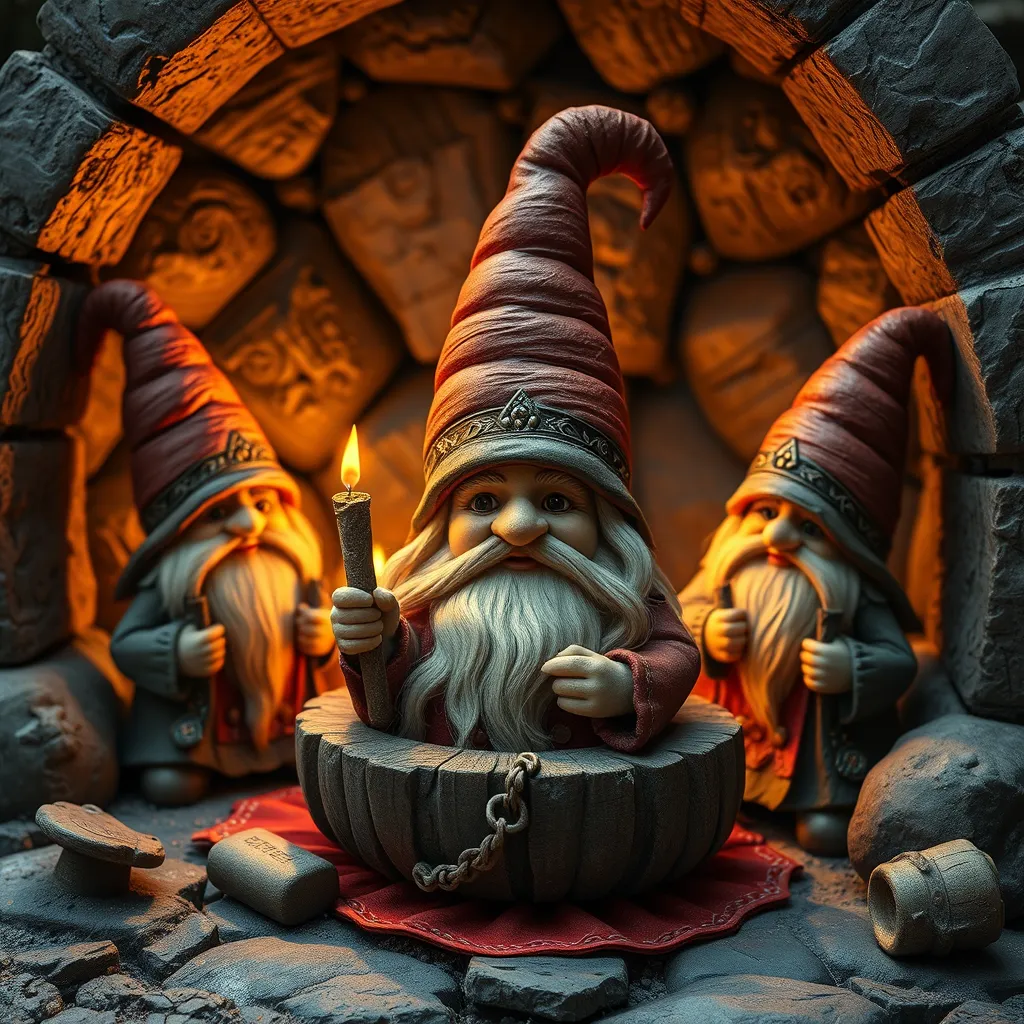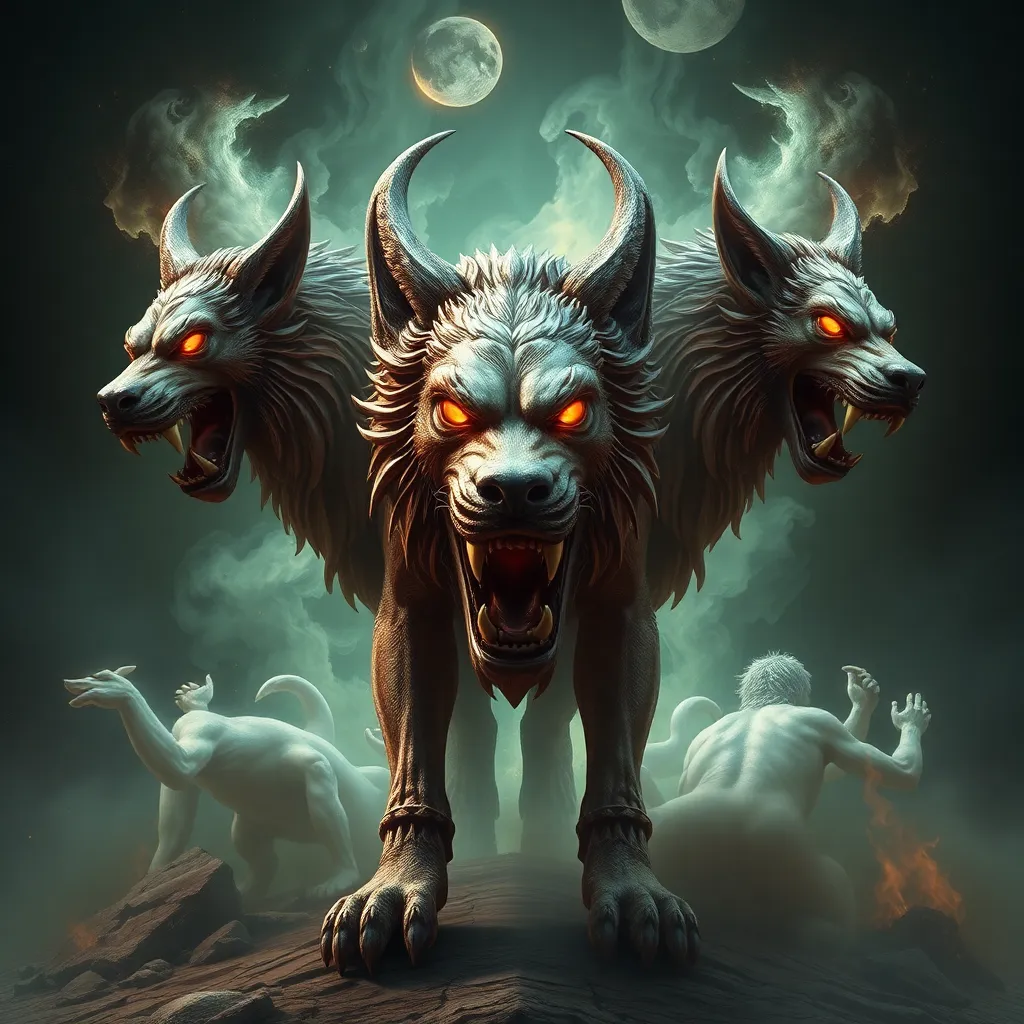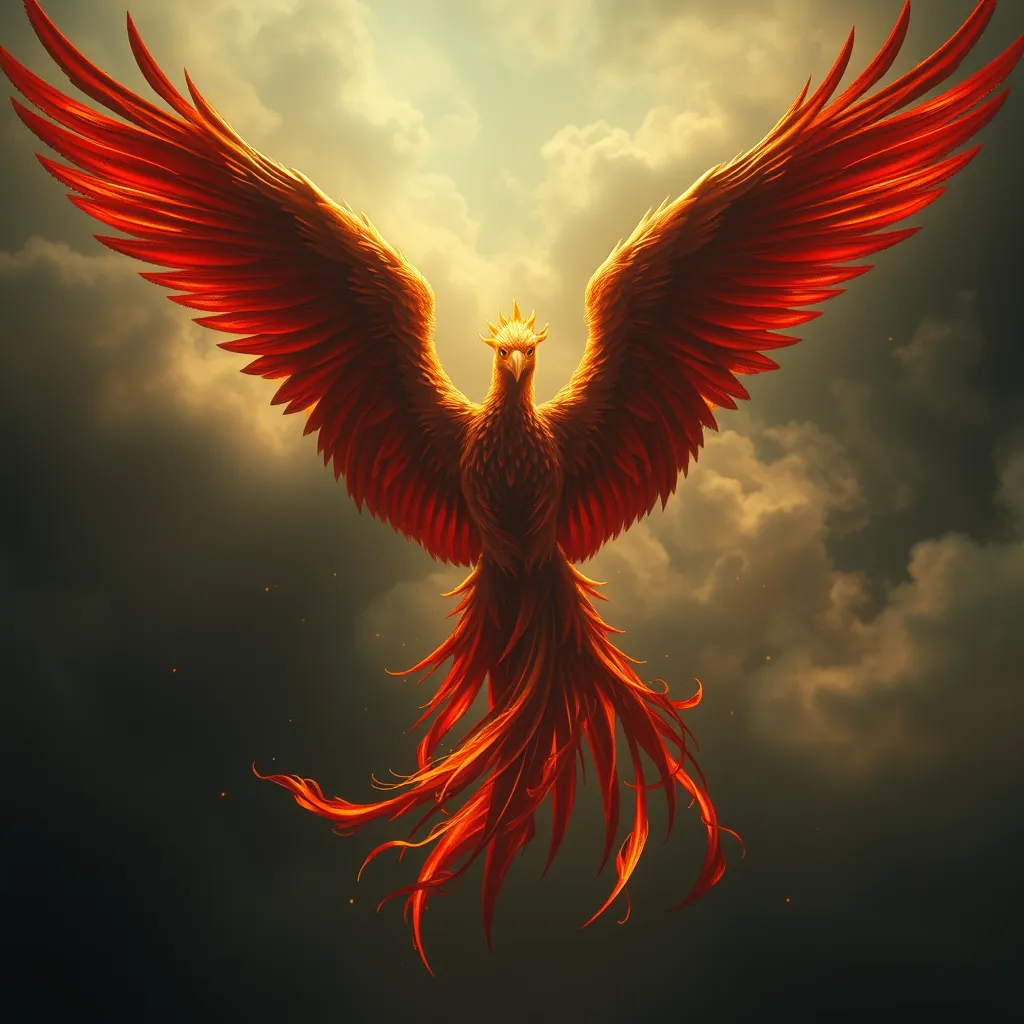Russian Gnomes: The Domovoi and the Guardians of the Hearth
I. Introduction
Russian folklore is a rich tapestry of myths, legends, and traditions that have been passed down through generations. These stories not only entertain but also provide insight into the cultural values and beliefs of the Slavic people. One of the most intriguing figures in this folklore is the Domovoi, a household spirit revered as a protector of the home and family.
This article explores the Domovoi’s role in household protection and its significance within cultural heritage. By delving into the origins, characteristics, and contemporary beliefs surrounding the Domovoi, we can better understand its place in Russian tradition and its enduring legacy.
II. The Origins of the Domovoi
The Domovoi has a historical context deeply rooted in Slavic culture, believed to have originated in pre-Christian times. As a household deity, the Domovoi was thought to be the spirit of the ancestors, watching over the family and their home.
The etymology of the term “Domovoi” comes from the Russian word “dom,” meaning “house.” Thus, the Domovoi is literally the “house spirit,” emphasizing its intimate connection to the domestic sphere.
Over the centuries, the legend of the Domovoi has evolved, influenced by various cultural and religious changes, including the advent of Christianity. Despite these changes, the core essence of the Domovoi as a guardian of the household has remained intact.
III. Characteristics and Appearance
The Domovoi is often described as a small, humanoid creature, resembling a gnome or elf. Traditional portrayals depict it as having a beard, a long coat, and sometimes a pointed hat. Its appearance varies widely across different regions, with some descriptions emphasizing a more animalistic or ghostly form.
- In some tales, the Domovoi is said to be covered in fur or hair.
- In others, it may appear as a shadowy figure, blending into the background of the home.
The symbolism behind the Domovoi’s characteristics often reflects the values of the household. Its small size suggests humility and a connection to the everyday life of the family, while its protective nature embodies the importance of safeguarding home and hearth.
IV. The Role of the Domovoi in the Household
The Domovoi has several duties and responsibilities within the household. It is believed to protect the family from harm, misfortune, and evil spirits. Beyond mere protection, the Domovoi is also seen as a contributor to the household’s prosperity.
The relationship between the Domovoi and family members is often characterized by mutual respect. Families are encouraged to acknowledge the Domovoi’s presence and treat it with kindness. This may include:
- Keeping the home clean and tidy to please the Domovoi.
- Offering small gifts, such as bread or milk, to appease its spirit.
- Speaking to the Domovoi respectfully and asking for its protection.
Rituals and offerings play a crucial role in maintaining a harmonious relationship with the Domovoi. Families might leave food out for the spirit or conduct specific rites during significant life events, such as moving into a new home or celebrating the New Year.
V. Domovoi in Russian Culture and Traditions
The Domovoi has a notable presence in Russian folk tales and literature, often depicted as a wise and sometimes mischievous spirit. These stories serve not only to entertain but also to impart moral lessons regarding family values and the importance of home.
Artistic representations of the Domovoi can be found in various forms of visual art, from paintings to sculptures, often illustrating its whimsical yet protective nature. In modern Russian culture, the Domovoi has found its way into films, television shows, and even children’s books, keeping the tradition alive for new generations.
VI. The Domovoi and Domestic Spirits in Other Cultures
The concept of household spirits is not unique to Russian folklore. Similar figures exist in various cultures, including:
- Brownies in English folklore, who help with household tasks.
- Hobgoblins in Celtic mythology, mischievous but benign spirits.
These domestic spirits share themes of protection and assistance in the home, yet each culture imbues its own unique characteristics and stories. The influence of cultural exchange has enriched the Domovoi myth, allowing it to adapt while retaining its core significance.
VII. Contemporary Beliefs and Practices
In contemporary Russian society, the Domovoi remains relevant as a symbol of home and family. Many still believe in the protective nature of the Domovoi, and some families continue traditional practices to honor this spirit.
New-age interpretations of the Domovoi have emerged, with some viewing it through a spiritual or environmental lens. The idea of the Domovoi as a guardian of not just the household but also the environment has gained traction, linking the spirit to broader themes of sustainability and harmony with nature.
VIII. Conclusion
The Domovoi stands as a significant figure in Russian folklore, embodying the spirit of the home and family. As guardians of the hearth, these domestic spirits foster a sense of belonging and security, contributing to the rich cultural heritage of the Slavic people.
Reflecting on the enduring legacy of the Domovoi, we can appreciate how such figures in folklore help shape our understanding of community and the importance of nurturing our domestic spaces. The cultural importance of domestic spirits like the Domovoi continues to resonate, reminding us of the intrinsic connection between home, family, and the protective energies that surround us.



